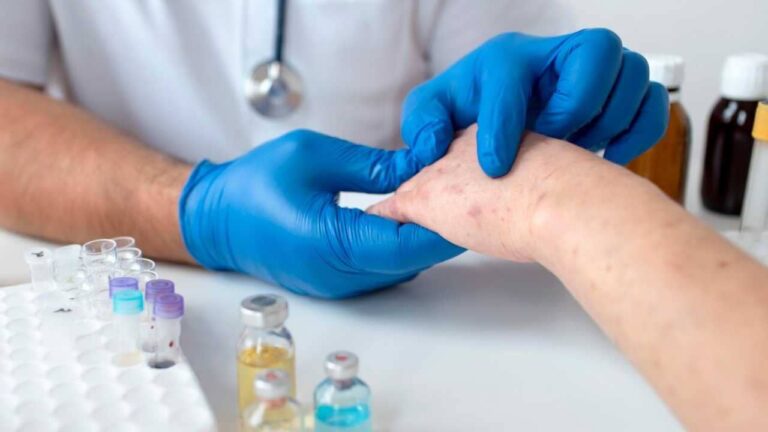HSV-1 (Herpes Simplex Virus type 1) and HSV-2 (Herpes Simplex Virus type 2) are two different strains of the same virus, known as the herpes simplex virus. Although both strains cause herpes, there are some differences between them.
How HSV1 and HSV2 are transmitted
The main difference between HSV-1 and HSV-2 is how they are transmitted. HSV-1 is usually transmitted through oral-oral contact, such as kissing or sharing kitchen utensils. It can also be transmitted through genital-oral contact during oral sex. HSV-2 is primarily transmitted through genital-genital contact during vaginal, anal, or oral sex.
What HSV1 and HSV2 infection looks like
HSV-1 primarily causes oral infections, such as cold sores (lesions around the mouth) and herpetic stomatitis (lesions in the mouth and throat). However, HSV-1 can also cause genital infections, mainly through oral-genital contact. HSV-2 is known to cause genital infections, resulting in genital herpes.
Recurrence
Both strains of the herpes simplex virus can cause primary and recurrent infections. However, recurrence is more common with HSV-2. People infected with HSV-2 tend to have more frequent and symptomatic recurrent episodes compared to HSV-1.
Prevalence
HSV-1 is more common in the general population. It is estimated that the majority of people are infected with HSV-1 at some point in their lives. HSV-2 is less common but still quite prevalent, especially among sexually active individuals.
Stigma
Unfortunately, genital herpes, often caused by HSV-2, carries a greater stigma than oral herpes, usually caused by HSV-1. Genital herpes is often associated with taboos and misinformation, which can lead to emotional and social difficulties for affected individuals.
It is important to note that the above distinctions are general and there may be overlaps in clinical characteristics and transmission methods between HSV-1 and HSV-2. The only way to confirm the type of herpes is through specific laboratory tests. If you suspect a herpes infection, it is recommended to seek medical professionals for proper diagnosis and guidance.




